When it comes to motorcycles, a little do-it-yourself maintenance could save you money and help keep you safe—and also empower you. “I like knowing that I’m the caretaker of my machines,” says Paul Olesen, a Wisconsinite who runs DIY Moto Fix. “There’s a sense of confidence every time I ride the bike that everything’s just right.” Here are Olesen’s top tips for mastering your own motorcycle maintenance.
In practice, the requirements of each of these tasks can vary depending on your bike. Consult your owner’s manual before beginning to educate yourself about matters such as the location of filters and plugs, and which parts you must remove to access them; proper amounts and types of various fluids, and intervals for changing them; and torque specifications for reinstalling nuts and bolts to proper tightness. For bikes that lack a center stand, use a rear stand device to position them upright.
1. Change The Oil
To keep your engine running properly, you’ll need to change the oil after several thousand miles—check the owner’s manual to find out how often. To begin, you’ll want to ride the bike for about five minutes just to warm it up. “This lowers the viscosity of the oil so it will drain easier,” explains Olesen. With the engine off and the bike standing upright, remove the drain plug as well as the oil fill plug, letting the oil escape into a drain pan. (You may need to remove some fairing to reach the drain plug.) Also, take out the oil filter. (Warning: This process can get messy! Try covering the engine and/or exhaust section with aluminum foil to protect against drippage.) Once the oil is drained, install a new oil filter, put back any parts you had removed, and refill using a funnel and the proper amount and type of motorcycle oil, as specified in the owner’s manual. Replace the oil fill cap. Recycle the used oil at a bike shop or municipal facility.
2. Replace The Air Filter
If your motorcycle’s air filter—which keeps debris out of your engine—is clogged and dirty, your bike’s performance will suffer. “Changing an air filter is not necessarily a hard task, but it can be a time-consuming one,” says Olesen. Sometimes the air filter is easily accessible, but you may have to remove the gas tank and other parts to get to it. Once you get into the air box, take out and replace the air filter. Then reinstall anything you removed.
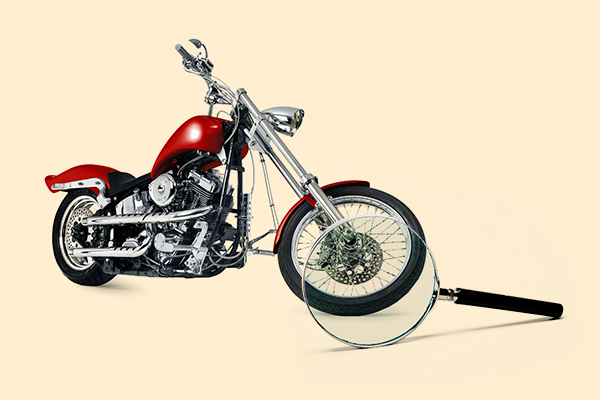 3. Maintain Tire Pressure And Tread
3. Maintain Tire Pressure And Tread
To check a tire’s pressure, locate the valve stem on the inside of the wheel, remove the cap, and press an air pressure gauge onto the valve stem. Compare the pressure with what it ought to be—that information will be written on the sidewall of the tire. Use an air compressor (available at many gas stations) to fill the tire to the correct number of pounds per square inch (PSI). Let out some air if you over-inflate. Replace the valve stem cap when done. To see how your tread is doing, check the tire’s wear indicator—a little rubber knob that resides in the grooves of the tire. If the knob is at the same level of rubber that meets the road, it’s time for a tire replacement—a job for a professional mechanic.
4. Change The Coolant
When it’s time to change the coolant—which prevents your engine from overheating or freezing or getting corroded—remove any necessary bodywork to gain access to the coolant drain bolt, then place a drain pan under the engine and remove the bolt. To make sure everything drains, remove the radiator cap. Once the process is complete, reinstall the drain bolt. Use a funnel to refill the system with the appropriate amount of coolant. Put the radiator cap back on and reinstall any bodywork that you’ve removed. Start the engine and allow it to warm up for a few minutes before cutting the ignition. Once the engine has cooled, remove the radiator cap and check the coolant level. Add more coolant, if needed, to reach the amount specified in the owner’s manual.
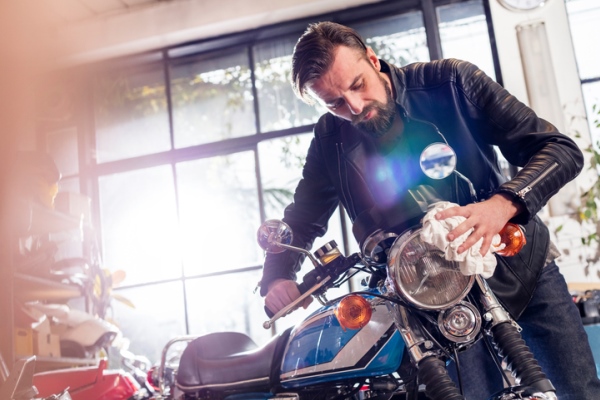 5. Keep A Clean Chain
5. Keep A Clean Chain
Most chains these days are O-ring chains, says Olesen; they require less cleaning than the old-style unsealed chains. You’ll want to clean the chain when it gets particularly dirty, or at the mileage your owner’s manual recommends. When you do, elevate the rear wheel of your bike and put the transmission in neutral, allowing for easy chain movement. Use a gentle bristle brush to get grit and grime off the chain. To lubricate the chain, rotate the back wheel as you apply specially formulated chain lube. “The goal is to evenly coat the chain, to get the lube to penetrate past the O-rings, into the joint,” says Olesen. Let the chain sit for five minutes, then wipe off the excess lube with a paper towel.
Up to speed? Now complement your ride know-how with a free motorcycle insurance quote from geico.com.
Read More: Why Electric Motorcycles Are Catching On
By Mark Yarm

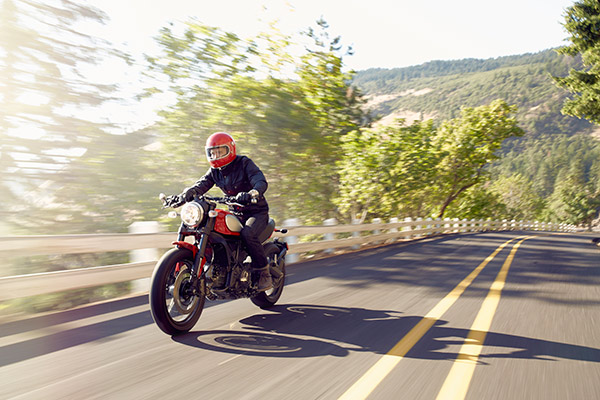



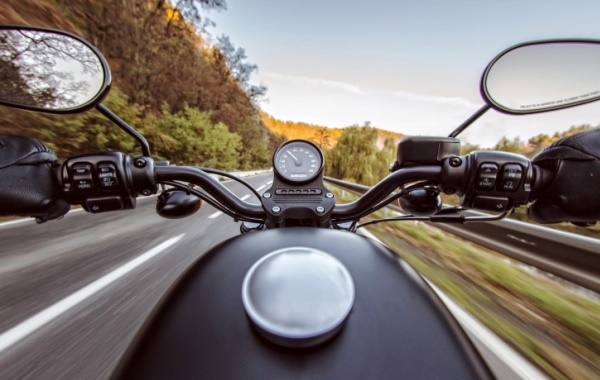
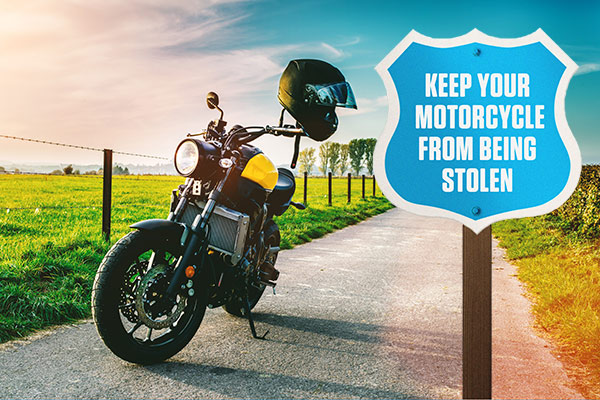


Reynaldo cantiga says,
I would like to know more about motorcycle maintenance.
Old Mech says,
Don’t look at the sidewall to find your tire pressure–that’s the maximum pressure allowed.
Look at the owner’s manual!
James says,
You failed to mention the fact that you should FLUSH the coolant from your motorcycle BEFORE adding any new coolant… Not all coolants are interchangeable and mixing coolants can cause it to either degrade the coolant into clumps, damage the coolant system, or simply not function as well as it should.
Flushing the coolant system with distilled water removes the left over coolant in the motorcycle, preventing these potentially bike destroying issues…
James Bay says,
Thank you for this great post! I really like how you mentioned the brakes. This is a really big safety issue. It would be dangerous to neglect. That was a great reminder.
Deanna R. Jones says,
Thanks for the tips! I have experience maintaining a car, but this is my first time owning a motorcycle, so I should learn a thing or two about taking care of them. One noticeable difference that I can see between taking care of a bike from a car is that they need to have debris cleaned out of the air cleaner. Making sure that the filter is clean and remains in good condition seems important to keep my motorcycle running, so it’s good that I know to clean out the air filter now.